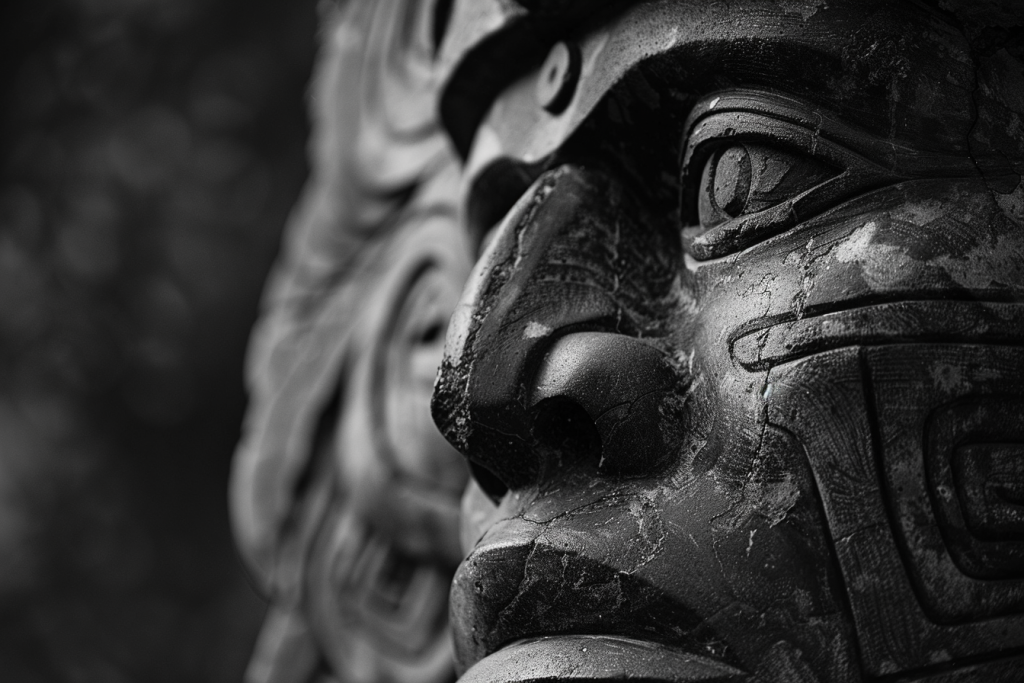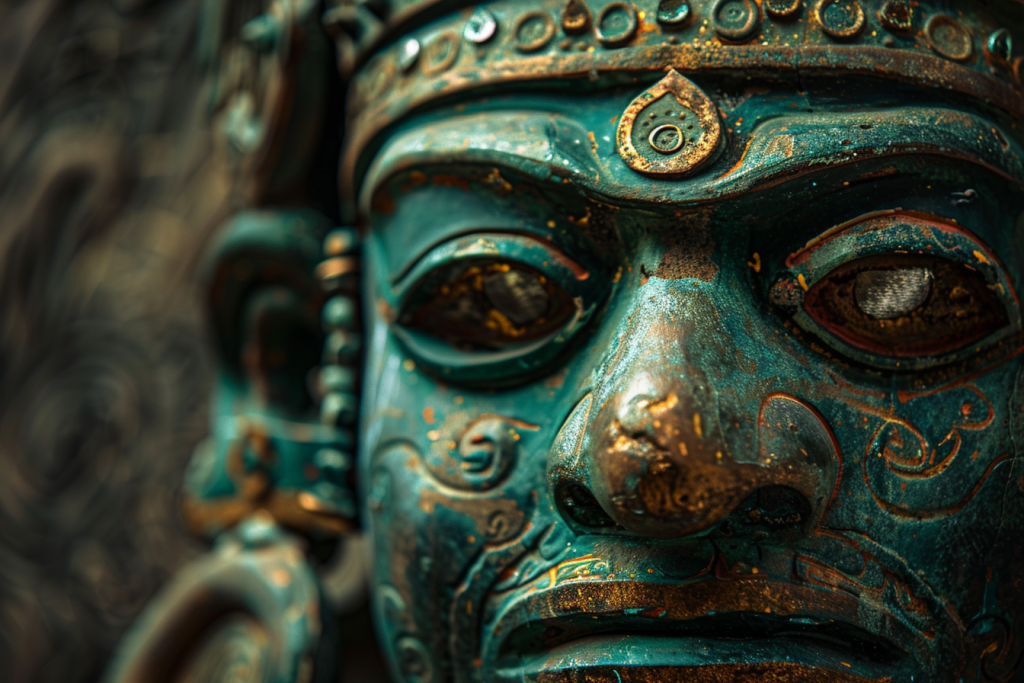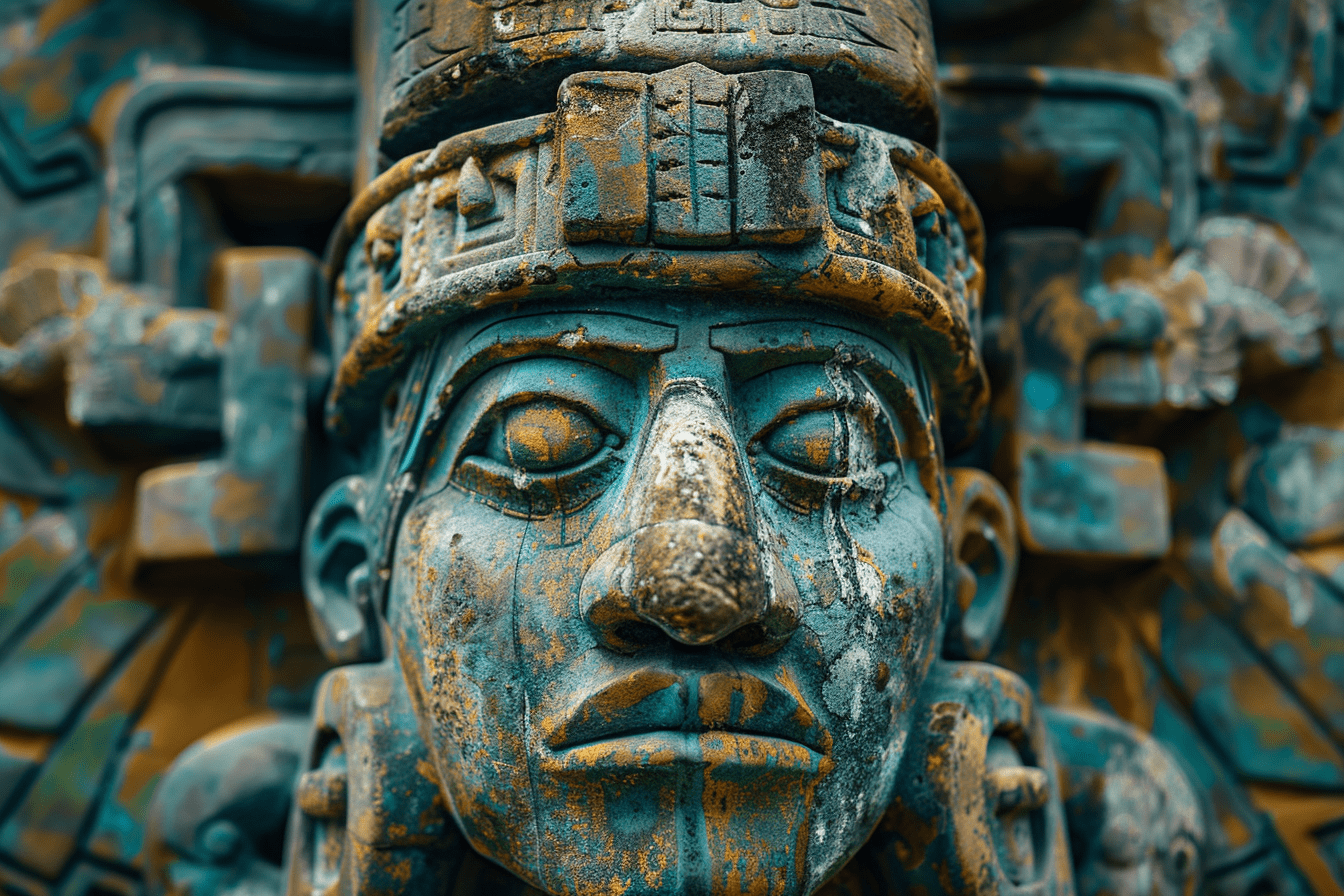Overview of Illapa
Illapa, revered in the pantheon of Inca deities, holds a significant place as the god of thunder, lightning, and rain. This deity, also known as Apu Illapu, Ilyap’a, or Illapa, was integral to the agricultural cycles and water management systems that were central to the Inca civilization, one of the most sophisticated societies in ancient South America. The Incas, with their capital in Cusco, worshipped a pantheon of gods, among which Illapa was particularly venerated for his control over the vital elements of weather, crucial for crop growth and water resources.
Get your dose of History via Email
Mythology and Worship
Illapa’s mythology portrays him as a powerful figure wielding a club or sling with which he generates thunder and lightning, the latter believed to be sparks flying from his sling as it strikes the clouds. This imagery not only symbolizes his might but also his role as a protector and provider, ensuring the rains necessary for life. The Incas believed that Illapa stored water in heavenly reservoirs and carefully managed its release, demonstrating a divine stewardship over the natural world that mirrored the Inca’s own sophisticated water management practices on earth.
Worship of Illapa involved various rituals and ceremonies, often coinciding with agricultural cycles. Priests and devotees would offer sacrifices, including animals and coca leaves, to appease Illapa and ensure his favor for bountiful rains and protection against destructive storms. These practices underscored the reciprocal relationship between the divine and the mortal realms, a core aspect of Inca spirituality.

Illapa’s Significance in Inca Society
The significance of Illapa in Inca society extended beyond his immediate domain over weather phenomena. As a god of thunder and rain, Illapa was inherently linked to fertility and abundance, themes central to Inca cosmology and daily life. His influence was seen as vital for the success of crops, particularly maize, a staple of the Inca diet, and for the replenishment of the vast network of aqueducts and terraces that characterized Inca agricultural innovation.
Moreover, Illapa’s role as a celestial warrior, wielding thunderbolts against the enemies of the rain and clouds, reflected the martial values of the Inca empire, which expanded its territory through military conquest as well as sophisticated statecraft. The deity’s martial aspect likely served as a divine model for Inca warriors, intertwining religious belief with the sociopolitical structure of the empire.

Conclusion
Illapa, the Inca god of thunder, lightning, and rain, embodies the intricate relationship between the natural environment and the cultural practices of the Inca civilization. His worship reflects the Incas’ advanced understanding of agriculture, hydrology, and meteorology, as well as their deep reverence for the forces of nature. As a figure of both nurturing and protection, Illapa’s mythology and significance offer insight into the values, beliefs, and technological prowess of the Inca society, highlighting the sophisticated interplay between religion, culture, and the environment in one of the ancient world’s most remarkable civilizations.

